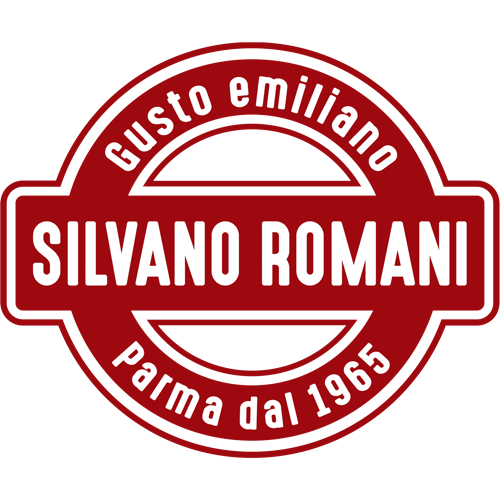Free Shipping - For orders over 200€ (up to 25Kg)
Free Shipping - For orders over 200€ (up to 25Kg)
Free Shipping - For orders over 200€ (up to 25Kg)

How Parma Ham is Made in Emilia Romagna
See Parma Hams for sale now!
You will be able to read the rest more calmly
The travel blog With husband in tow explains how Prosciutto di Parma is produced. Here's what these two passionate travelers have to say. Enjoy!
How Parma Ham is Made in Emilia Romagna
Since I started traveling in Italy, I have always wondered how they make Prosciutto di Parma . As I walked through Italian towns, I would see large legs of prosciutto hanging from the ceiling. Most of the time, these were branded with a symbol of recognition: a crown bearing a single word: "Parma." But how did they end up there?
What is Parma Ham?
Parma Ham has been around since Roman times . There are stories from the year 100 BC that refer to this air-dried pork meat in and around Parma. At that time, the pig was dried to prolong its life and avoid any alteration. A group of Parma Ham producers in 1970 created a consortium, the so-called Consorzio del Prosciutto di Parma , to control the quality of the ham. In 1966, the European Union gave the PDO designation to Parma Ham. Like all PDO and PGI products, the Consorzio regulates which species of pigs can be used, what they must be fed and how the ham itself is produced.
What are the ingredients of Parma Ham?
The Consortium likes to say that there are only four ingredients in Prosciutto di Parma: Italian pigs, salt, air, and time. In reality, only two ingredients are needed, although air and time are two of the most important components. Prosciutto di Parma is made by curing a pork leg with nothing more than sea salt. This increases the tenderness of the meat, and gives it a special sweet deliciousness.
The production process is supervised by a master salter , one of the most beautiful titles ever heard to call a ham producer. Once the pork legs are received, they are carefully covered, and in a certain sense massaged, with a considerable amount of salt. During the following weeks the pork legs are hung in the cold storage rooms, or in drying rooms. The master salter will clean and salt the hams again, for their curing and aging.
How do they age Parma Ham?
For the next three months, the hams are hung in large, well-ventilated cells with windows on the back walls. This allows the ham to be exposed to the Parma climate and its air: the third "ingredient" of Prosciutto di Parma.
Similar to Parmigiano Reggiano aging rooms, the smell is intoxicating. Hams are often hung in rows, five or six high and a dozen lengthwise. Legs of prosciutto as far as the eye can see. When we visited the prosciutto aging room for the first time, Eric was literally in pig heaven!
As the months pass, the meat begins to change color. Initially the hams are bright pink, soft and tender, then the meat darkens and dries out and finally hardens. The Parma Consortium requires that the ham be cured at least once a year, scheduled from the date of the first salting, although it is possible to have Parma Ham up to 3 years or more.
How do they certify Parma Ham?
When it is ready, an inspector from the Consortium comes to test each leg of prosciutto. The inspector pierces the leg in 5 specific points with a thin horse bone needle, smelling it each time it is removed from the prosciutto. By smelling the meat, with a highly trained nose, it is possible to ascertain the quality of the prosciutto. Only after the leg passes the inspection, and is branded by fire with the signature of a five-pointed crown, does the prosciutto officially become Prosciutto di Parma. This is a fascinating process and it is easy to understand why Prosciutto di Parma has a certain reputation throughout the world.
How to Get Your Copy of "The Food Taveler's Guide to Emilia Romagna" - The Traveler's Culinary Guide to Emilia Romagna, How to Savor Italian History and Tradition, by Amber Hoffman
There is so much more to learn about what to eat in Emilia Romagna. Prosciutto di Parma is just one of the meats covered in the book! I have followed many of our Emilia Romagna travelers on our blog over the past few years, but I have considered the most interesting ones and written a book about what to taste in Emilia Romagna!
The Traveler’s Culinary Guide to Emilia Romagna is available on Kindle from Amazon ($9.99), or in paperback from Amazon ($12.99).
It is available on amazon in both the US and Europe. If you are a niche reader you can also download it from Barnes & Nobles.


Leave a comment
Log in to post comments